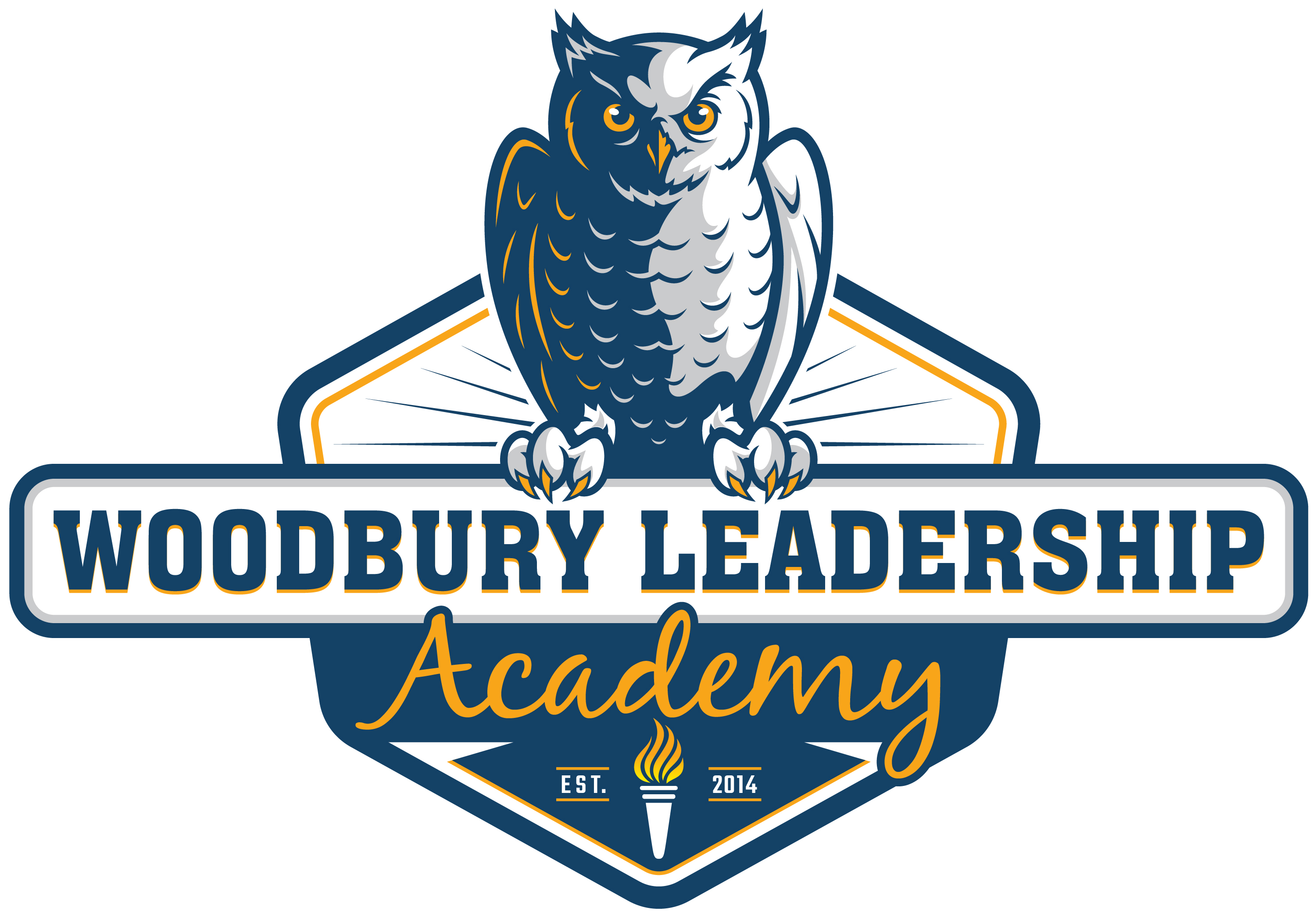World's Best Workforce
The World's Best Workforce Plan (state statute, section 120B.11) is a comprehensive, long-term strategic plan to support and improve teaching and learning with the ultimate goal of creating the world's best workforce. It is intended to serve as a foundational document that aligns educational initiatives that serve students pre-k through high school. It is based on five beliefs:
- All students are ready for kindergarten
- Close the achievement gap
- All students in third grade achieve grade level literacy
- All students attain career and college readiness before graduating from high school
- All students graduate from high school
WLA's World's Best Workforce Plan serves as a blueprint that demonstrates how current school initiatives and plans work together in a concerted effort to create a quality workforce equipped with the necessary skills for the 21st century. The plan replaces the state-mandated "Annual Report on Curriculum, instruction, and Student Achievement."
The plan must support and improve teaching and learning that is aligned to the World's Best Work Force and includes:
- Clearly defined student achievement goals and benchmarks
- Process to evaluate each student's progress toward meeting the state and local academic standards
- System to review and evaluate the effectiveness of instruction and curriculum
- Practices that integrate high-quality instruction, rigorous curriculum, instructional technology
- Collaborative professional culture that support teacher quality, performance and effectiveness
- Evidence-based strategies for improving curriculum, instruction and student achievement
- Annual budget for continuation of the district plan's implementation
Under the legislation, the district will publish a report on plan results each fall, hold an annual public meeting, periodically survey constituencies about their level of satisfaction with the school district, and submit an electronic summary of the report to the state commissioner of education.
World's Best Workforce Report Summaries
MAP Assessments: Measuring Student Learning
The Measures of Academic Progress (MAP) tests are computerized assessments developed by Northwest Evaluation Association (NWEA) to measure individual student progress during the course of a school year. During the 2017-2018 school year, MAP assessments are administered to students in kindergarten thru 6 grade in both the fall and spring to monitor student progress in the areas of mathematics and reading. The results were shared with students, parents, school staff and principals. The MAP assessments are nationally norm-referenced, adaptive tests which adjust to a student’s performance on each question. The difficulty of each question adjusts based on the accuracy of the student’s answers on questions leading up to a given point. When a student answers a question correctly, the subsequent questions will become more difficult. The reverse is true if a student answers questions incorrectly. A student’s performance on the MAP assessments is measured in Rasch Unit (RIT) scores. A RIT score utilizes test item difficulty values along with student accuracy to estimate the student achievement. Common MAP results used for academic planning are: fall and spring RIT scores, growth targets and student growth. Student growth reflects the change in a student’s RIT scores from fall to spring. Growth targets are the amount of RIT growth expected for students from fall to spring based on the most recent NWEA norming study.
Click Here to see our results from Fall 2017 testing.
